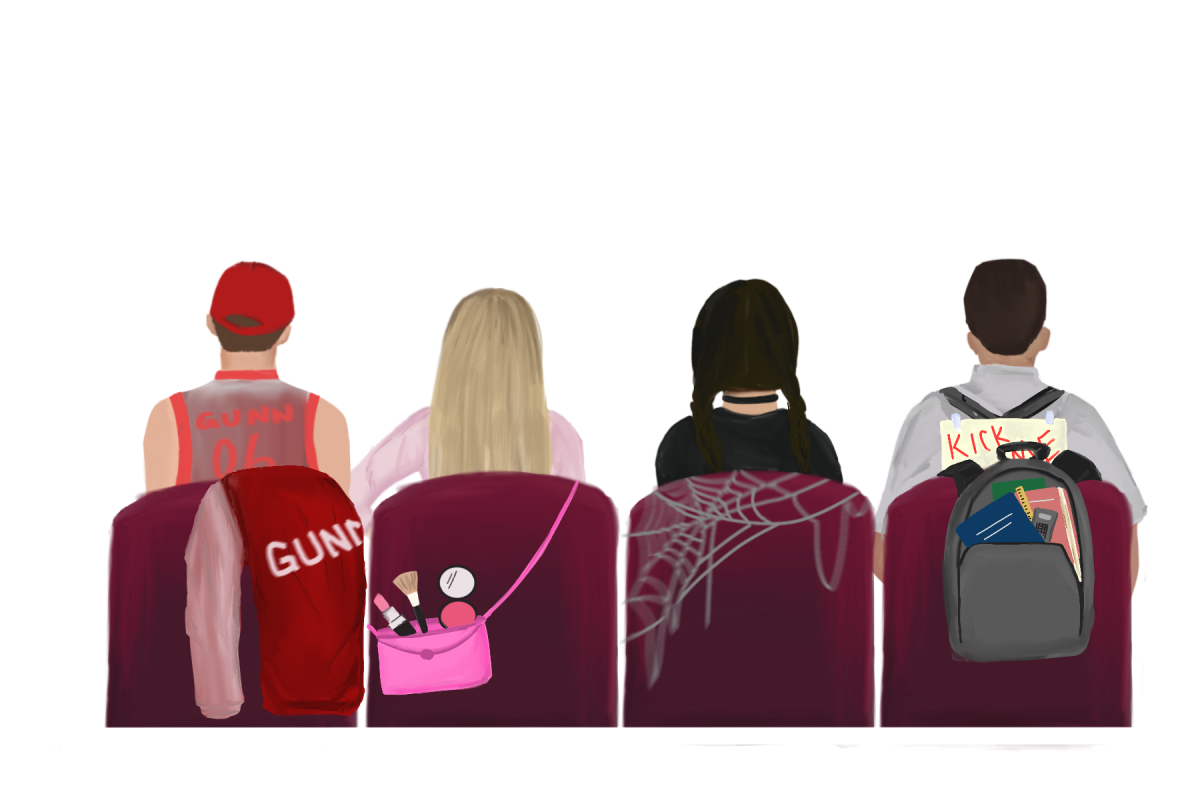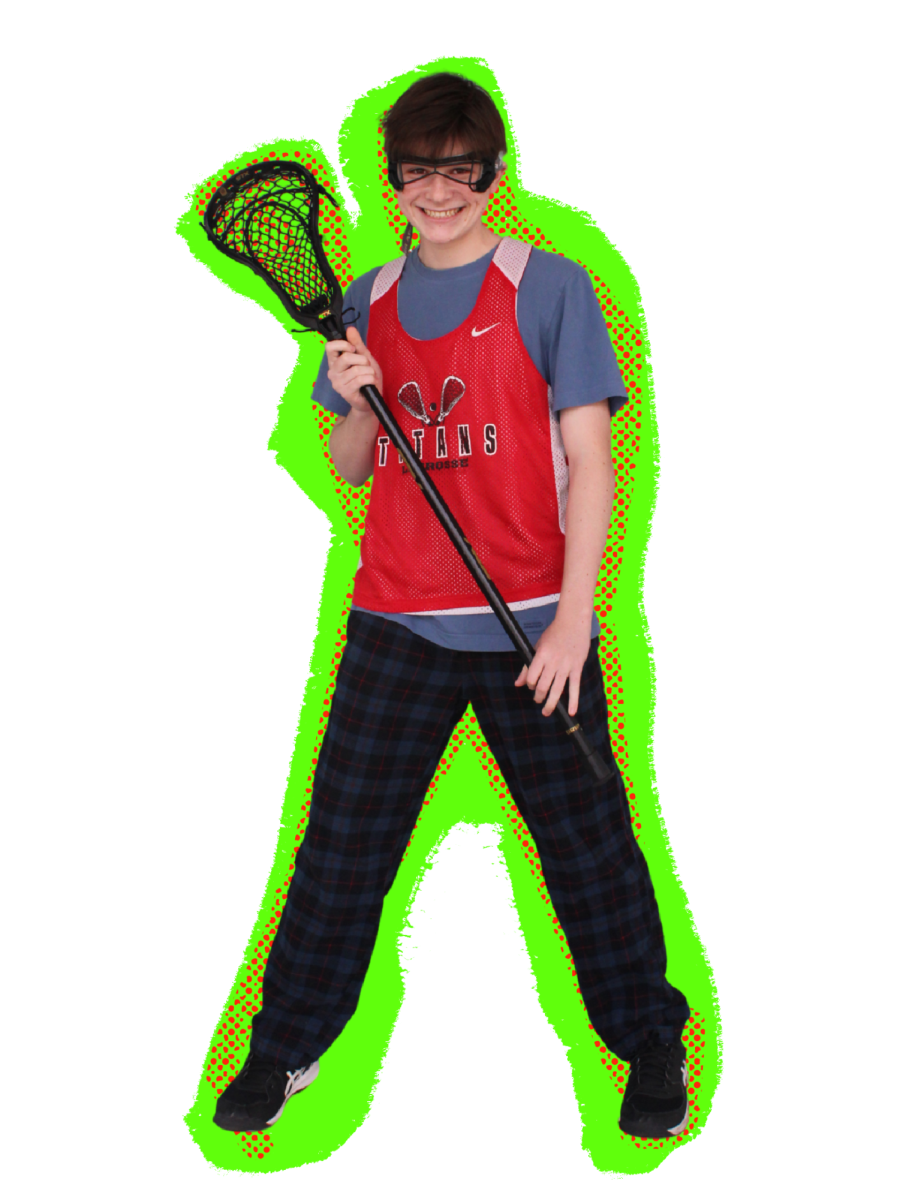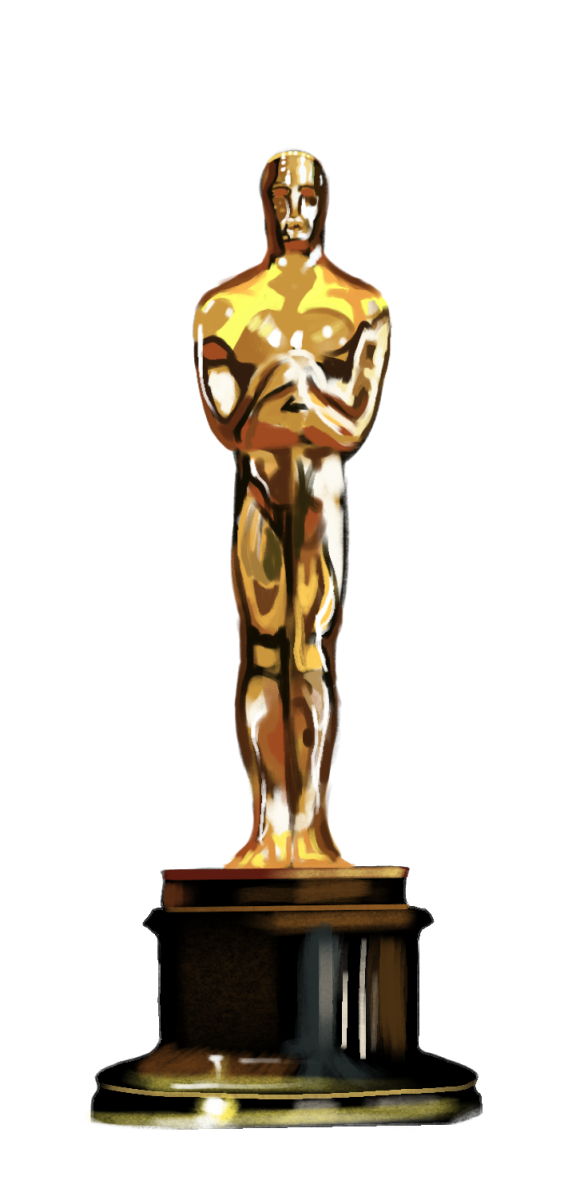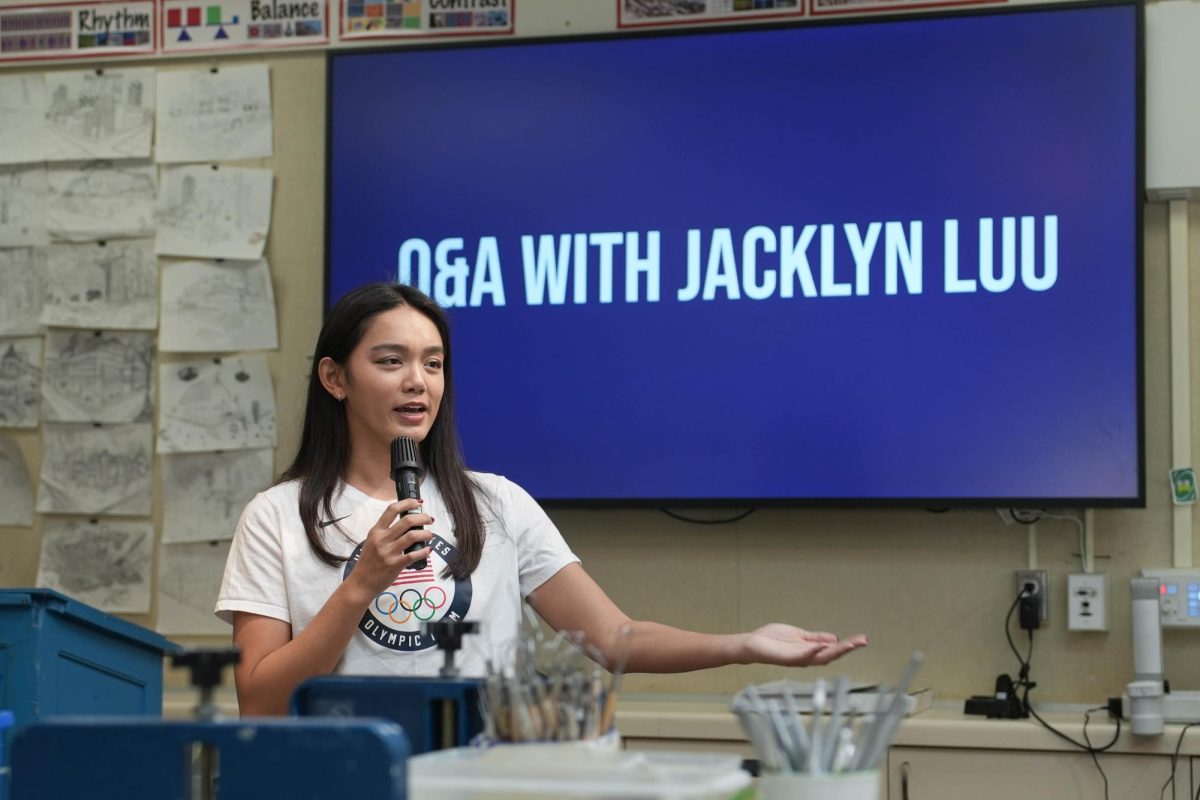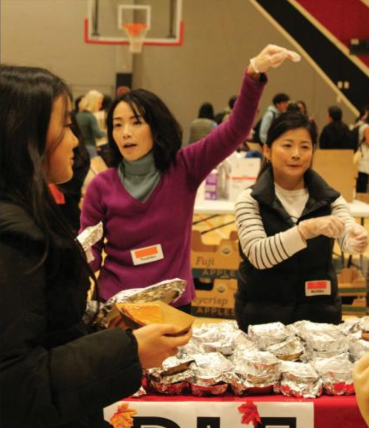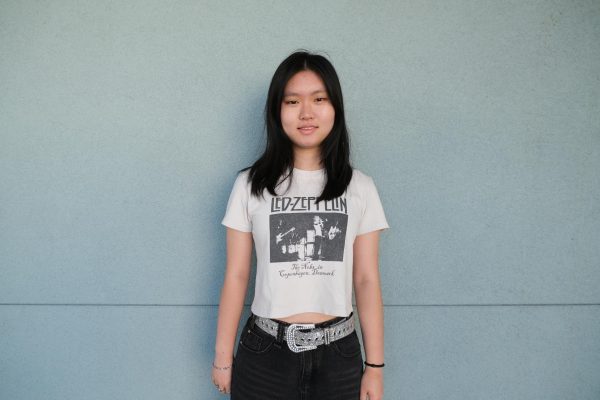Move portrayals encourage misconceptions about high school student life. Some movies, such as “Mean girls,” depict a social ladder where people attempt to be as pretty and popular as possible. Others, such as “The Breakfast Club,” send the message that adolescents
should stay true to themselves.
However, in the process of creating these plots and themes, the media industry inadvertently creates many stereotypes, such as the “dumb jock” and “unpopular nerd.” These stereotypes cause cliques to form where individuals with similar traits separate into exclusive groups. Consumers of this media internalize these stereotypes, even though in reality, they are little more than fiction.
According to Visual and Performing Arts teacher Kristen Lo, these stereotypes must be established in the beginning of a play in order to kickstart the main plotline.
“(High School Musical) starts out (with) everybody in their little cliques, and it’s like, ‘Don’t get out of the status quo,’” she said. “And so, when everybody is coming up on stage, you basically have the four different cliques that you have established.”
These stereotypes in media depict jocks as large, muscular bullies with little intelligence, but popular for their prowess in sports, and nerds as thin, unfashionable and unsociable, picked on by the jocks. The girls are also portrayed similarly, with popular, pretty and unkind girls bullying those seen as social outcasts. These stereotypes almost always have a defining quality as well, such as jocks only playing basketball or nerds being weak and thin. This forms the belief that certain traits are mutually exclusive to a designated social group.
The light in which stereotypical cliques are portrayed is also of paramount importance in terms of influencing the way teens act. Whether or not these actions in movies enable teens to replicate them in some form or another is a key factor in evaluating the impact of this genre of high school movies.
“This is always the (issue): ‘Does art influence people in bad ways?’” Lo said. “Do people see things take place in art and they say, ‘I’ll do the thing that they did in Mean Girls?’ That is the catch with art – can that happen?”
The messages portrayed in media significantly influences students’ perceptions of high school cliques: Some imply that students should stay in the roles given to them by their community, while others present the idea that students can be anything they want to be and do anything they want to do.
The idea of students striving for popularity can be seen in “Mean Girls.” In this movie, students are either a part of “The Plastics” – the group of popular and pretty girls – or social outcasts. The expectations of their actions portrayed by these cliques create a stigma around the average high schoolers’ acts. For instance, The Plastics “banish” one of their own after they wear sweatpants because it was a violation of one of their rules. This scene conveyed the message that students should stay within their cliques’ ideals and that having different personal beliefs is unacceptable.
However, other examples of media offer an exception to these characterizations, such as in the movie “High School Musical,” where a jock falls for a nerd and they both end up auditioning for a musical together. This plot broke stereotypes by bringing individuals of different social groups together.
It is important to promote the creation of pieces of media such as these, as they act as examples for students to act in accordance to their own feelings rather than how others believe they should. Encouraging the embrace of individuality makes space for an expansion of interests past what society deems acceptable for a certain person to do. This will not only help enrich a teen’s personal growth but also promotes a more inclusive culture that values authenticity within the high school community.
Unfortunately, however, movies that feed into stereotypes are still extremely prevalent. According to theater performer Connor Engstrom, in certain films, these stereotypes may not be apparent, but can still be implicitly involved.
“I feel like, to an extent, Harry Potter did perpetuate stereotypes,” he said. “It’s like the jocks (are) the Quidditch team, and then other characters are nerds. I think it’s more tamped down in terms of stereotypes than (other) movies.”
These forms of media are also not as free in expression, according to Engstrom.
“I think other mediums of art are a lot more stringent with the rules that they apply in terms of who you can be and what you can do,” he said. “I think of movies and TV shows as being very restrictive of stereotypes. For instance, (in) “Modern Family,” you’re either a nerd or you’re popular.”
Even though these forms of media can have wholesome themes, many of these movies seem out of touch with present high school norms.
“I feel like the stereotypes are a thing of the past in most cases, or at least a thing of twenty years ago,” Engstrom said. “People are still cliquing up, and they’re hanging out with others who have similar interests to them. But I think those interests are more broadly spanning than before.”
Gunn also defies these long-standing stereotypes with a culture that applauds individuals for striving for intelligence rather than popularity. This value breaks the stereotype that prioritizing academics automatically means that being unathletic and a target for bullies.
“Gunn is a really special place,” Lo said. “I have worked at three different schools, and Gunn is the one that bucks stereotypes the most, mostly because it is extremely cool to be intelligent here. Everyone here is being pushed towards wanting to go to an elite college, and so the stereotypes don’t really fit here.”
Gunn students participating in a diverse amount of extracurriculars also decreases the hostility that some characters feel in high school movies when attempting to cross their group’s boundaries into another: The feeling of belonging to more than one group is not frowned upon, perhaps even normalized at Gunn.
The perpetuation of stereotypes can play a role in forms of media besides on-screen entertainment. Although many stereotypes may stem from plays and other theater productions, theater offers a way to defy these stereotypes. The ability to do other activities, like sports, while also being in drama, is a direct contradiction to the portrayal of only being able to do one at a time.
“I don’t think my basketball teammates think any less of me because I do theater,” Engstrom said. “They’ve seemed relatively supportive and have asked interesting questions, like ‘What do you do during rehearsal?’, which is indicative of a good school space in my opinion.”
To break out of this representation of high school as an exclusive landscape where each person is automatically sorted into a group that is completely polarized from another, literature and media creators should seek to catch up to the current high school culture. Staying in the past creates a division between teens’ perceptions in media and their true identities.



